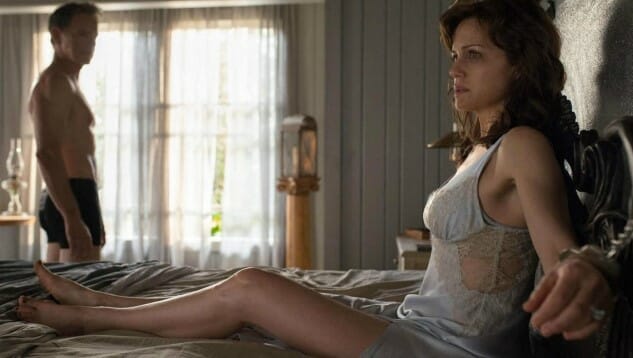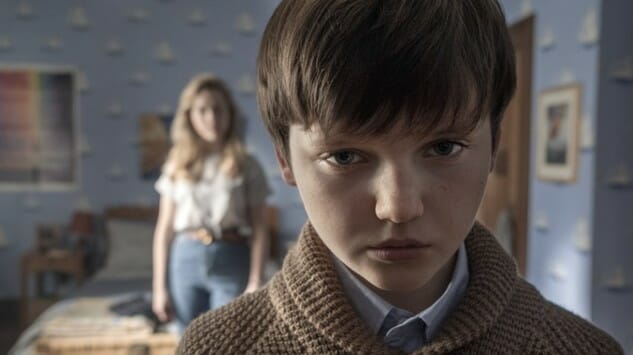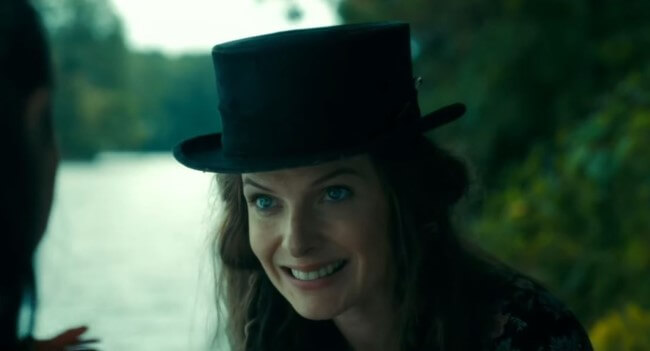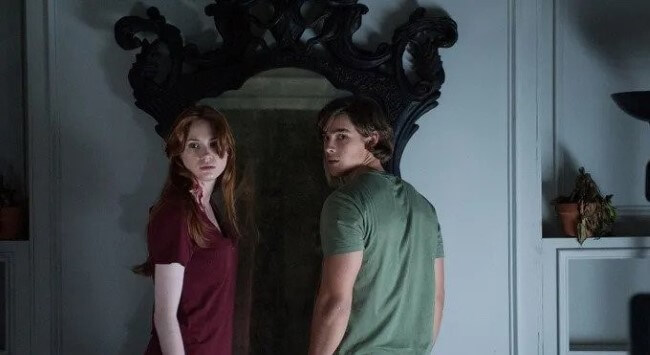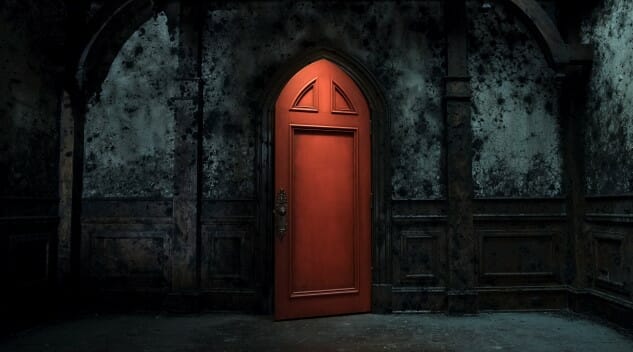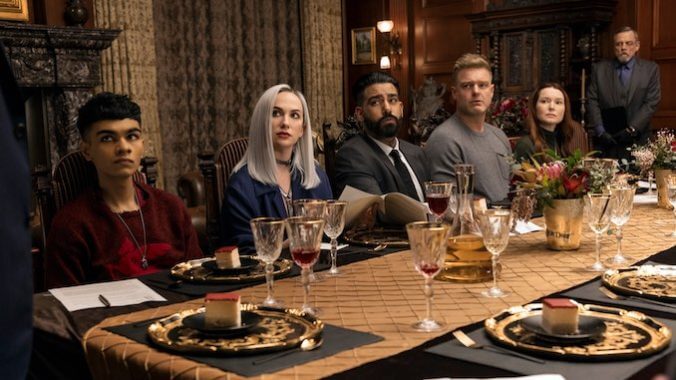Every Mike Flanagan Horror Movie and TV Series, Ranked
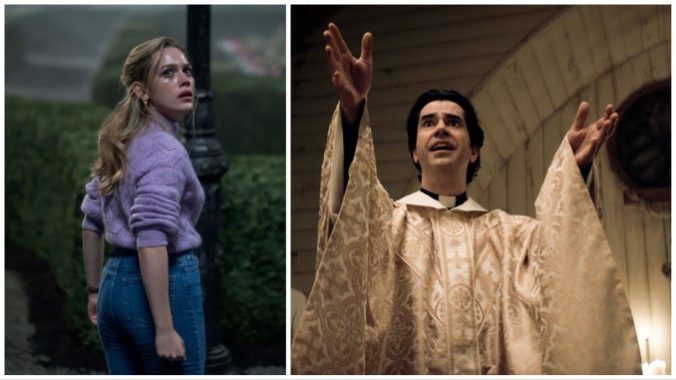
In the last decade, there hasn’t been a horror genre auteur with more general critical acclaim and prolific output than Mike Flanagan. Rising from a background in film and TV editing, he made his feature film debut in 2011 with the surprisingly well-executed Absentia, a shoestring horror mystery with a budget of only $70,000, which nevertheless required a modest Kickstarter drive to take it across the finish line. Roughly eight years later, the same guy is shepherding a $50 million production adapting Stephen King’s Doctor Sleep, with a reputation as one of the brightest stars in the horror world.
But the oeuvre of Mike Flanagan is unique in the way it spreads itself across both feature films and the prestige streaming TV world, while simultaneously boasting a certain shared DNA of recurring performers, themes and editing techniques–a consequence of Flanagan exerting so much control as a writer-director-editor. This has given a cohesive idea to what “Mike Flanagan horror” tends to be all about: Lush and unabashedly emotional or philosophical horror stories, often with powerful female leads, and a focus on characters and dialogue over more traditional horror tropes. You might call him a horror romantic at heart.
With Flanagan’s final Netflix production, The Fall of the House of Usher now out and bringing all his favorite performers together once again, this seems like a perfect time to dive back through the director’s career in a retrospective ranking of all his film and TV projects to date. Future Flanagan projects for Amazon Studios may even include his long-awaited TV adaptation of The Dark Tower, so you can be sure we’ll update this list with every subsequent Flanagan property.
Here is every Mike Flanagan Movie and TV Series, ranked:
12. The Midnight Club, 2022

The Midnight Club was always likely destined to land at the bottom of this list, by simple virtue of the fact that the Netflix series was left sadly unresolved when it was canceled after its first season. Inspired by the collected fiction of author Christopher Pike, its framing device was that of a hospice for teenagers slowly dying of various terminal illnesses, contemplating death as they meet each night for a morbid custom of telling original scary stories, a la Are You Afraid of the Dark?. This was a concept with great potential on paper as a horror anthology with a wraparound mystery story revolving around the past/history of the hospice. In practice, however, we often found ourselves spending entirely too much time in the storytelling segments, skirting around the more intriguing main plot of what was really going on at Brightcliffe Hospice, which always seemed to be held at arm’s length. The series featured some absolutely outstanding key performances, particularly from Irish actress Ruth Codd as the acerbic Anya, but simultaneously highlighted some of Flanagan’s more troubling narrative pitfalls, such as a tendency to write characters (especially the teens here) as philosophically and emotionally astute to an almost comical degree that is difficult to accept as realistic. In general, the slow pace (it would have been his only two-season show) ended up calling an undesirable degree of attention to some of the director’s most frequently used contrivances. In the end, Flanagan went on to explain online how The Midnight Club would have concluded, but even with that information it will always feel notably incomplete.
11. Before I Wake, 2016
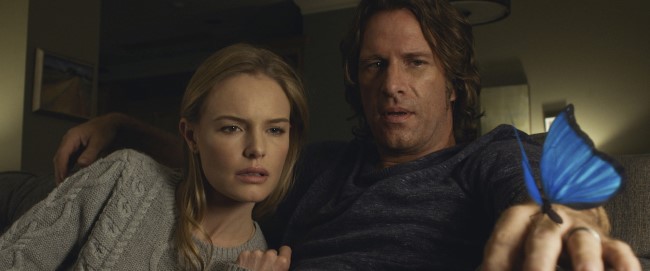
It’s difficult to know exactly what year to list for Before I Wake, which stands out as one of Flanagan’s most difficult productions, at least when it came time for distribution. Filming on the movie was complete by the end of 2013, but multiple delays of a planned theatrical release ultimately led to only a spate of international screenings in 2016. Finally, in early 2018 the film was acquired and released worldwide by Netflix, more than four years after filming ended.
This is an odd one: A movie marketed as a horror film, but one where it doesn’t necessarily feel like Flanagan really had any desire to make something “scary.” The story, about a young boy (Jacob Tremblay) whose dreams every night manifest themselves in reality, feels tonally somewhere in between the imagination of Guillermo del Toro, a Stephen King short story, or a vintage Twilight Zone episode. The true focus is meant to be the child’s foster parents (a warm Thomas Jane but somewhat wooden Kate Bosworth), and especially Mom’s temptation to use the boy’s gift as an opportunity to once again communicate with their deceased son, who died on her watch in a household accident. Together, they explore the ephemeral nature of dreams, and whether a physical reproduction of a person contains a spark of the divine.
It seems like what Flanagan wanted to craft was a heartfelt supernatural or dark fantasy drama — a film with the heft of something like Pan’s Labyrinth — but it simultaneously feels like he’s under orders to occasionally jam a more conventional piece of Hollywood-sanctioned horror into the otherwise maudlin proceedings. This manifests itself in some of the director’s least-effective jump scares, especially notable because he’s deployed some of the absolute best ones seen in recent years in the likes of The Haunting of Hill House. Before I Wake is technically sound, but it mostly lacks the scares and shock factor to satisfy the horror junkies, and the level of performance needed to sell its empathetic story about loss and parenting. The least realized of his feature films.
10. Absentia, 2011
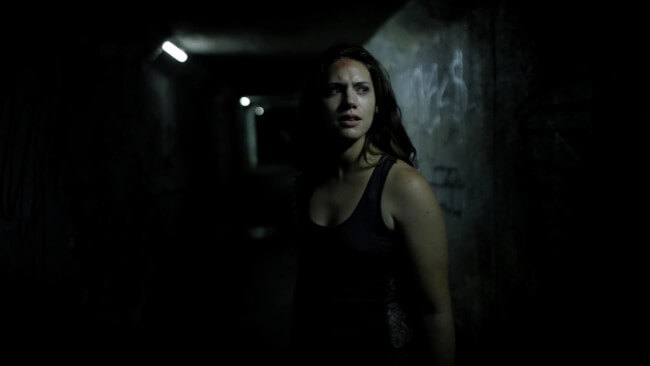
Before he became Netflix’s go-to guy for horror, with projects such as Gerald’s Game and The Haunting of Hill House, Mike Flanagan completed his first feature, Absentia, which may very well be the best horror film you’ll ever see that raised its initial budget on Kickstarter. The film’s most notable achievement, though, is just how little it is constrained by the extremely meager budget–at least until the third act gets a bit overambitious. Still, Absentia is a really impressive piece of indie filmmaking, with steady direction and fantastic performances from actresses Courtney Bell and Katie Parker, the former playing a woman who is finally going through the steps of declaring her husband dead after he went missing seven years earlier. Only now, she seems to be seeing him everywhere she looks.
Part psychological thriller and part urban legend fantasy, Absentia hinges almost entirely on the skillful, naturalistic performances of its leads and a collection of well-timed, unexpected scares that are sprung on the viewer when you’re least expecting them. Only in the big finale does its reach exceed its grasp, which makes me wish that Flanagan could remake Absentia someday, complete with the modest budget it would require to flesh out the visual depiction of the story. Still, even as it remains today, Absentia is proof that you don’t need much money to make an effective horror film, as long as you have talent behind and in front of the camera.
9. Ouija: Origin of Evil, 2016
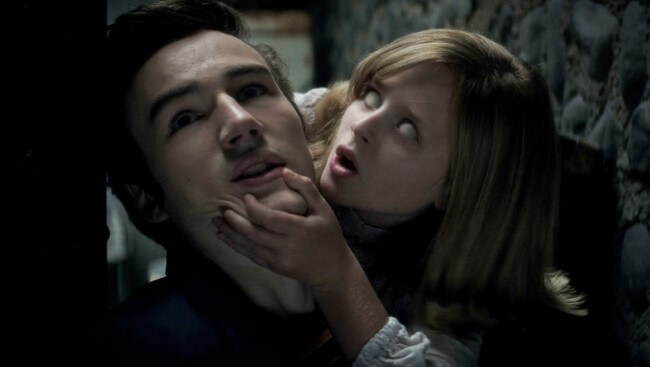
Of all the projects in Mike Flanagan’s career, Ouija: Origin of Evil feels the most on paper like him taking a purely mercenary directorial gig, especially given he was making a follow-up (in this case a prequel) to someone else’s film, the not particularly well-received Ouija from 2014. But as you might expect, Flanagan takes that assignment and runs with it, turning Origin of Evil into a family-driven story that better reflects his sensibilities, while surprising numerous critics who expressed no small amount of disbelief that the horror sequel was clearly superior to the movie it followed.
At its best, Ouija is a nice showcase for the realistic and supportive family dynamic between a single mother (an excellent Elizabeth Reaser, before Haunting of Hill House) who works as a fake spiritual medium, and her two precocious daughters (Annalise Basso, Lulu Wilson) who assist in a task that Mom insists helps bring closure to paying clientele. The 1960s setting is well-utilized, and the script takes time to depict life’s small triumphs and catastrophes as an American teen of the era, like some kind of supernatural analogue to The Wonder Years. The ghostly focus revolving around the youngest daughter’s communication with the Other Side, meanwhile, can’t help but invoke the likes of Poltergeist, and the warmth of the central trio’s relationship contains a similarly Spielbergian flair. You root for these folks.
Though Origin of Evil does a nice job with its characters, and contains some engaging visuals–Flanagan’s repeated use of split diopter shots here gives it a fun, peculiar feel–the film can’t quite keep up the engagement once it fully transitions to what feels more like studio-mandated “BOO!” material in its third act. This more straightforward possession horror content at least feels less inorganically tacked on than the horror material does in Before I Wake, but the hastily revealed backstory of the family’s haunted house in particular feels like something coming from an entirely different film. As is often the case, Flanagan’s main interest lies in the family drama, and the balance between emotion and genre goodies he would later perfect in stories such as The Haunting of Hill House hasn’t fully rounded into form yet here.
8. Hush, 2016
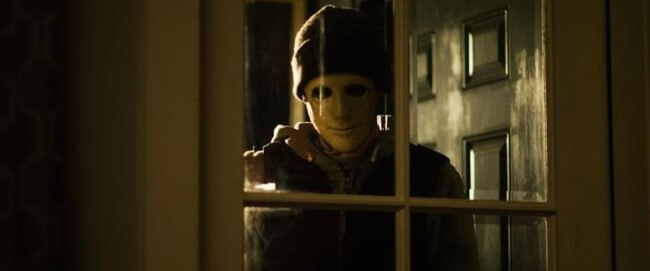
Mike Flanagan likes to go big, to go ambitious, when it comes to his storytelling, simultaneously weaving in threads from the past, present and future to a narrative in search of these big moments of catharsis where the clues of a mystery satisfyingly fall into place. That tendency is what made Hush a welcome novelty when it arrived on Netflix in 2016: This film is not complicated, but refreshingly simple. It’s a classic home invasion story, complicated only by the fact that its protagonist (Flanagan’s now-wife Kate Siegel, in her first big starring role) Maddie is a deaf woman, a horror author who has chosen to isolate herself in the woods as she grapples with her work. That leaves her vulnerable when a mask-wearing assailant comes calling, and the sadist’s realization that she is deaf makes her a particularly tempting target for a little psychological torture. The audience is of course left hoping that this psychotic asshole is underestimating our heroine’s ingenuity and resourcefulness, and that she can engineer a way to survive her ordeal.
Siegel (who co-wrote the film with Flanagan) is quite good here, an impressively well-developed character considering that she never “speaks” a word, coming off as resourceful in a way that is grounded and realistic, never straying into MacGyver-esque nonsense. Flanagan geeks, meanwhile, will certainly enjoy the threads connecting this story and later Netflix series Midnight Mass. Other than the aural aspects, there’s not a ton in Hush that the genre hadn’t seen before, and its villain is perhaps less than totally competent, but that actually adds another layer of realism–he reads as a toxic misanthrope who watched Bryan Bertino’s The Strangers and then made an attempt to playact as a masked slasher killer. You could almost conceive Hush happening in our own reality as a result.
-

-

-

-

-

-

-

-

-

-

-

-

-

-

-

-

-

-

-

-

-

-

-

-

-

-

-

-

-

-

-

-

-

-

-

-

-

-

-

-

